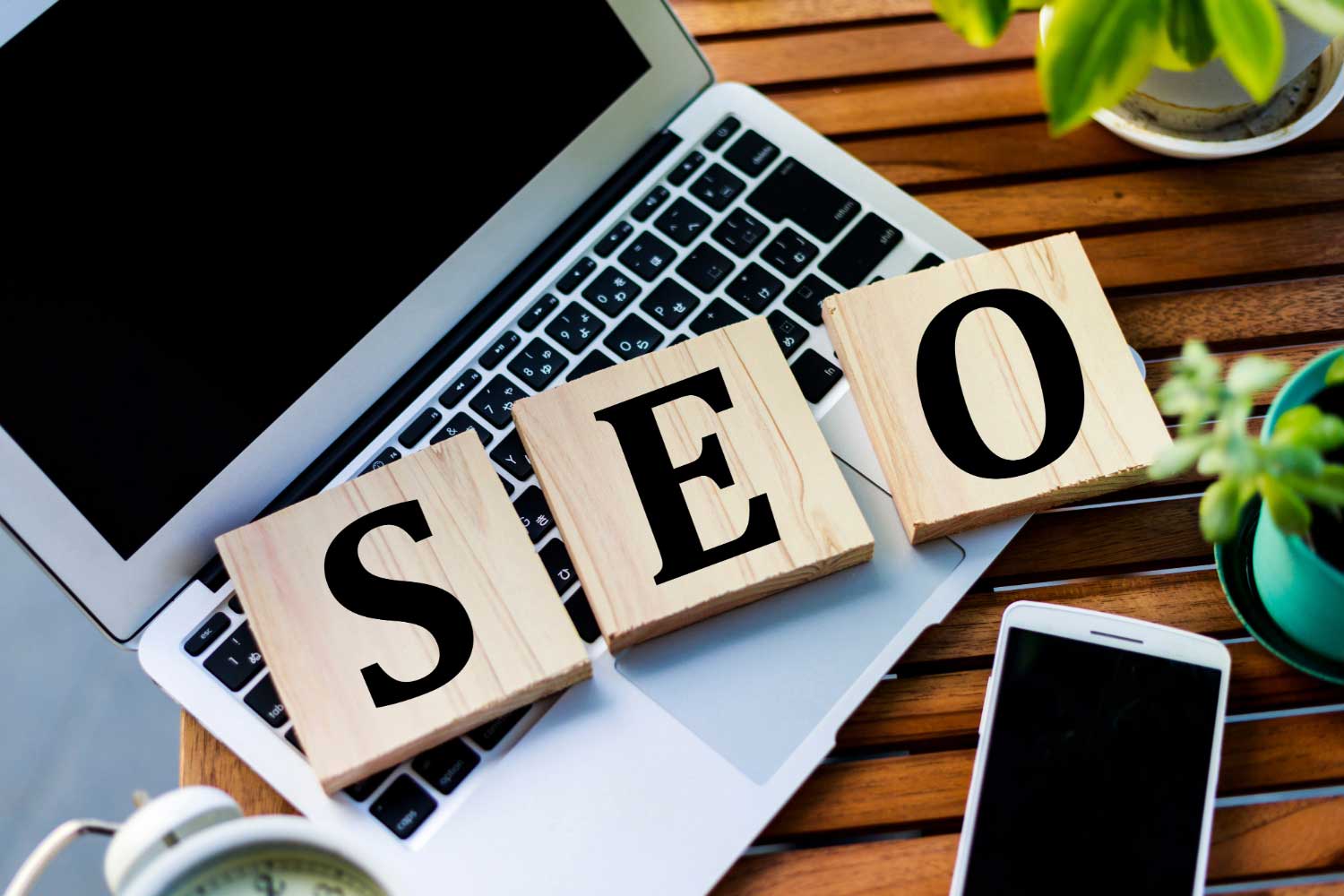Many businesses focus on keywords, backlinks, and content optimization, but one critical aspect is often overlooked: image optimization. Image titles and alt tags play a crucial role in improving website visibility, enhancing user experience, and ensuring accessibility. In this article, we’ll break down why image titles and alt tags matter for SEO and how you can optimize them effectively.
Why Are Image Titles and Alt Tags Important for SEO?
Enhancing Search Engine Rankings
Search engines like Google cannot “see” images the way humans do. Instead, they rely on metadata such as image titles and alt tags to understand an image’s content and context. Properly optimized images help search engines index and rank your website higher in search results.
- Websites with optimized images have a 63% higher chance of appearing in Google Images search results.
- Google’s algorithm gives preference to websites with accessible and well-structured content, including properly labeled images.
Improving Website Accessibility
Alt tags provide descriptions for visually impaired users who rely on screen readers to understand website content. This not only ensures compliance with the Web Content Accessibility Guidelines (WCAG) but also improves user experience for all visitors.
- Over 2.2 billion people worldwide have some form of visual impairment, making accessibility a key factor in website design.
- Google rewards websites that prioritize accessibility, leading to better rankings and increased engagement.
Boosting Image Search Visibility
Google Images accounts for nearly 22.6% of all internet searches, making image SEO a critical factor in driving traffic. Optimized images can appear in Google Image Search, increasing your website’s exposure and click-through rates.
- More than 30% of eCommerce traffic comes from image searches.
- A well-optimized image can increase organic traffic by up to 12%.
Faster Page Load Speed & Better User Experience
Large, unoptimized images slow down website load times, which negatively impacts user experience and rankings. Image titles and alt tags help improve indexing, while compressed, optimized images contribute to better page speed.
- 53% of users abandon a site if it takes more than 3 seconds to load.
- Google prioritizes fast-loading websites in search rankings, rewarding those with optimized image elements.
How to Optimize Image Titles and Alt Tags for SEO
Use Descriptive, Keyword-Rich Image Titles
Image titles provide additional context for search engines and users. Instead of generic names like “IMG123.jpg,” use descriptive, keyword-rich titles that accurately reflect the content of the image.
Example of a good image title: “digital-marketing-strategy-2025.jpg” Bad example: “photo1.jpg”
Write Clear and Concise Alt Tags
Alt tags should accurately describe the image while incorporating relevant keywords naturally.
Example of a well-written alt tag:
Bad example:
Keep Alt Tags Short but Informative
While it’s important to be descriptive, alt tags should be concise. Aim for 125 characters or less to ensure readability by screen readers and avoid keyword stuffing.
Good example: “A woman using a laptop to analyze SEO metrics on Google Analytics.” Bad example: “SEO, Google, analytics, marketing, search engine optimization, digital marketing” (Keyword stuffing!)
Compress Images for Faster Loading Times
Large image files slow down websites, negatively affecting SEO rankings. Use image compression tools like TinyPNG, ShortPixel, or ImageOptim to reduce file size without sacrificing quality.
- Best practice: Keep images under 100 KB for fast loading.
- Use modern image formats like WebP instead of JPEG or PNG.
Implement Structured Data for Enhanced SEO
Adding structured data (schema markup) to images helps search engines display them as rich results in Google search, improving visibility.
Example JSON-LD Schema Markup for an Image:
{
“@context”: “https://schema.org/”,
“@type”: “ImageObject”,
“contentUrl”: “https://yourwebsite.com/images/seo-strategy-2025.jpg”,
“name”: “SEO Strategy 2025”,
“description”: “A detailed infographic on SEO strategies for 2025, featuring AI-driven search optimization.”
}
Common Mistakes to Avoid When Optimizing Image Titles and Alt Tags
- Keyword Stuffing – Overloading alt tags with too many keywords makes them unreadable and can lead to penalties from Google.
- Skipping Alt Tags Entirely – Omitting alt tags means missing out on SEO benefits and accessibility improvements.
- Using Generic Image Titles – Titles like “image1.jpg” or “screenshot.png” provide no value to search engines or users.
- Not Testing Image Performance – Always check how images appear in Google Image Search and ensure they load correctly on mobile devices.
The Power of Optimized Images for SEO
Optimizing image titles and alt tags is a simple yet powerful SEO tactic that can improve rankings, accessibility, and user experience. By following best practices, businesses can drive more traffic from search engines, enhance website usability, and boost their online visibility.
If you’re not optimizing your images yet, now is the time to start! Need help with SEO strategy?


